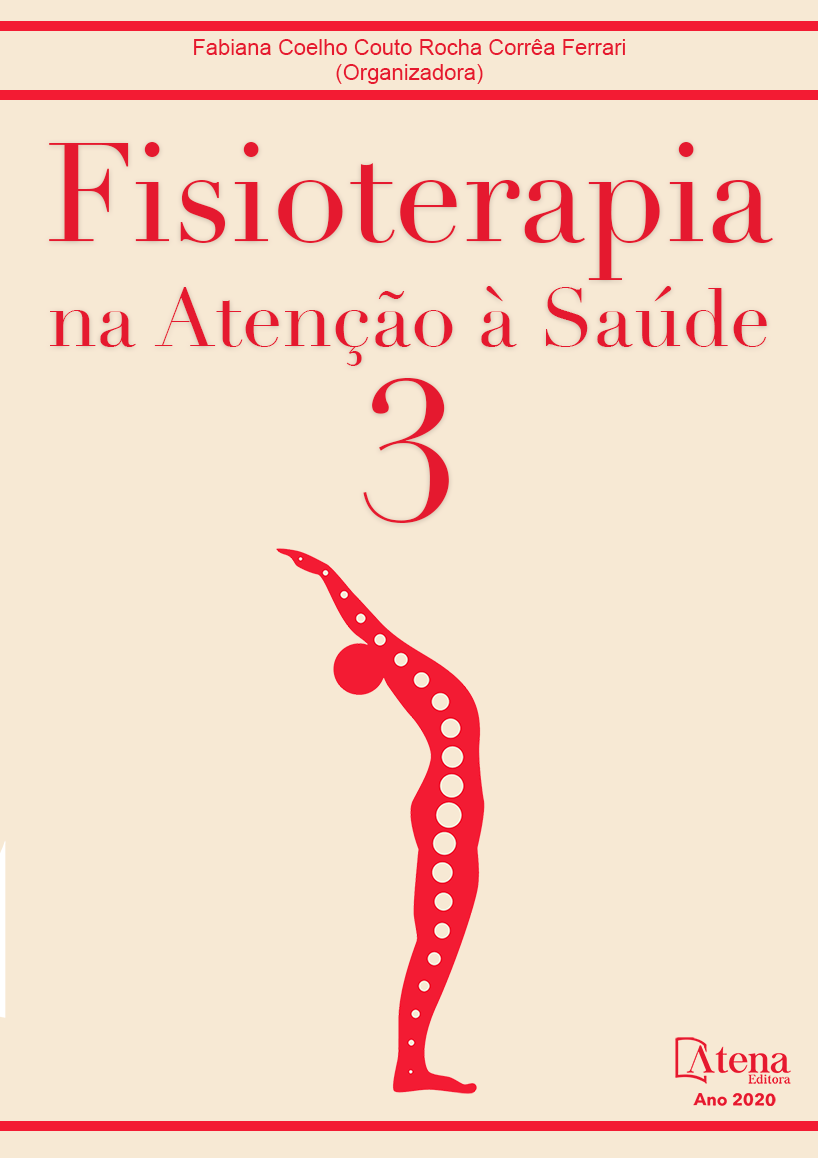
EVIDÊNCIAS CIENTÍFICAS DO USO DO FNP NO TRABALHO DE EQUILÍBRIO E FORÇA EM IDOSOS
Introdução: A facilitação neuromuscular proprioceptiva (FNP) é uma técnica utilizada para estimulação dos receptores neuromusculares que proporcionam uma resposta por meio do sistema nervoso, procurando entender a postura ou reaprendizagem desta. Dependendo da excitação dos motoneurônios principalmente dos fusos musculares e órgãos tendinosos de Golgi (OTG), pois suas ativações promoverão respostas na musculatura através dos padrões de movimentos tridimensionais. Objetivo: Identificar na literatura as evidências existentes sobre a influência do FNP no equilíbrio e força em idosos. Metodologia: Trata-se de uma revisão integrativa que se baseou nos achados encontrados nas bases de dados SciELO e LILACS, utilizando os descritores: idosos, FNP, equilíbrio e reabilitação. Após o estudo e aplicação dos critérios de inclusão e exclusão, foram selecionados cinco artigos. Tais critérios de base foram: estudos originais que relacionasse o tema, datados de 2010 a 2017 em língua portuguesa e estrangeira. Resultados e Discussão: Foram selecionados cinco artigos para a discussão, sendo utilizadas as seguintes técnicas de FNP: diagonais para o MMII, flexão e extensão; flexão, abdução e rotação externa de quadril, com flexão de joelhos e dorsoflexão de tornozelos; e a extensão, adução e rotação interna de quadril, com extensão de joelhos e flexão plantar. Alguns estudos utilizaram os princípios específicos da FNP (iniciação rítmica, sustentar-relaxar, reversão dos antagonistas) padrão bilateral simétrico, com os MMSS, MMII, cintura escapular e pélvica; irradiação por intermédio das técnicas isotônicas e reversão de estabilizadores. Todas as técnicas utilizadas melhoraram o equilíbrio postural estático e dinâmico, e promoveram ganho de força muscular. Conclusão: O estudo mostra que o FNP é uma técnica eficaz nas disfunções que ocorrem no período de senescência, melhorando o controle postural, coordenação, equilíbrio estático e dinâmico a partir da estimulação de receptores sensoriais. Podendo associar com a prática de atividades físicas para melhorar as respostas fisiológicas do corpo neste período.
EVIDÊNCIAS CIENTÍFICAS DO USO DO FNP NO TRABALHO DE EQUILÍBRIO E FORÇA EM IDOSOS
-
DOI: 10.22533/at.ed.09520170822
-
Palavras-chave: Idosos. FNP. Equilíbrio. Reabilitação.
-
Keywords: Elderly. PNF. Balance. Rehabilitation.
-
Abstract:
Introduction: Proprioceptive neuromuscular facilitation (PNF) is a technique used to stimulate neuromuscular receptors that provide a response through the nervous system, seeking to understand its posture or relearning. Depending on the excitation of the motoneurons, mainly of the muscle spindles and Golgi tendon organs (OTG), as their activations will promote responses in the musculature through three-dimensional movement patterns. Objective: To identify in the literature the existing evidence on the influence of PNF on balance and strength in the elderly. Methodology: It is an integrative review that was based on the findings found in the SciELO and LILACS databases, using the descriptors: elderly, PNF, balance and rehabilitation. After the study and application of the inclusion and exclusion criteria, five articles were selected. Such basic criteria were: original studies that related the theme, dated from 2010 to 2017 in Portuguese and foreign languages. Results and Discussion: Five articles were selected for discussion, using the following PNF techniques: diagonal for the lower limbs, flexion and extension; flexion, abduction and external hip rotation, with knee flexion and ankle dorsoflexion; and hip extension, adduction and internal rotation, with knee extension and plantar flexion. Some studies used the specific principles of PNF (rhythmic initiation, sustain-relax, reversal of antagonists) bilateral symmetrical pattern, with upper limbs, lower limbs, scapular and pelvic girdle; irradiation using isotonic techniques and stabilizer reversal. All the techniques used improved the static and dynamic postural balance, and promoted muscle strength gain. Conclusion: The study shows that PNF is an effective technique in the dysfunctions that occur in the senescence period, improving postural control, coordination, static and dynamic balance through the stimulation of sensory receptors. Being able to associate with the practice of physical activities to improve the physiological responses of the body in this period.
-
Número de páginas: 14
- Ana Clara Soares Leite
- Graciele Gomes Damasceno
- Shirley Pontes da Silva
- Taiane Oliveira Pereira
- Ana Paula da Silva Carvalho
- Patrícia Cardoso Magalhães Medeiros


